Introduction
UPS stands for an uninterruptible power supply or uninterruptible power source. It can be defined as an electrical assembly that works to provide power to your home/office when the main power fails. It makes use of battery and inverter to achieve this task. UPS is also used to prevent voltage peaks and to provide enough time to switch off the appliances properly. The first UPS power device was manufactured in 1950s.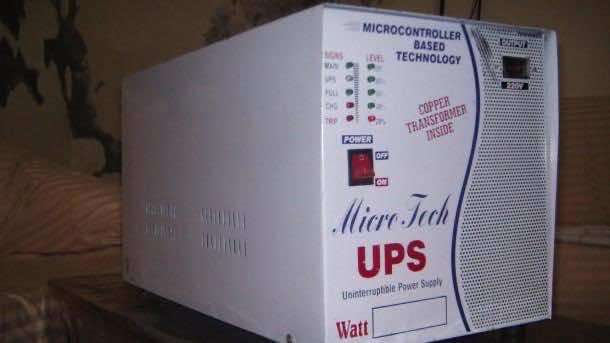
How Does a UPS Work?

When power from main supply is cut off, the UPS will provide power stored in battery via inverter where the DC is converted to AC and then supplied to the appliances that are connected to UPS. When main power supply returns, UPS shuts down power supply and begins battery-recharging process.
Types of UPS






- Offline/standby
- Line-interactive
- Online/double-conversion
- Voltage and frequency independent
- Hybrid topology / double conversion on demand
- Ferro-resonant
- DC power
- Rotary
Applications of UPS

- N+1
- Multiple redundancy
- Outdoor use
- Internal systems
- Measuring efficiency
Precautionary Measures 
- Make sure your UPS battery is sufficient to survive the time during which main power is out.
- Don’t overload the UPS.
- Ideally, your UPS should be able to handle twice the required load.
- Make sure that UPS is placed at a well-ventilated place.
- Make sure your wiring is neat for the UPS to avoid short-circuiting.
- When changing fuse, ensure that you don’t install too a big fuse that won’t be able to trip if some short circuiting happens


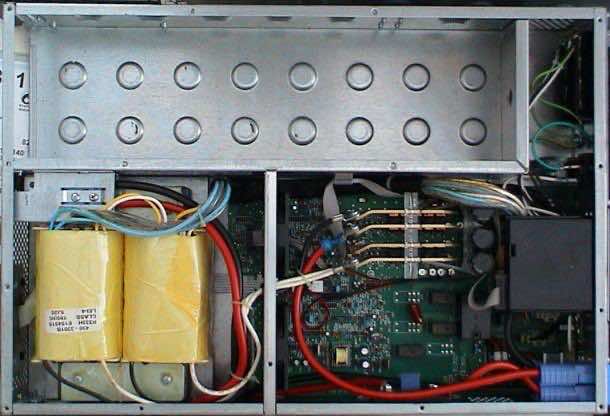
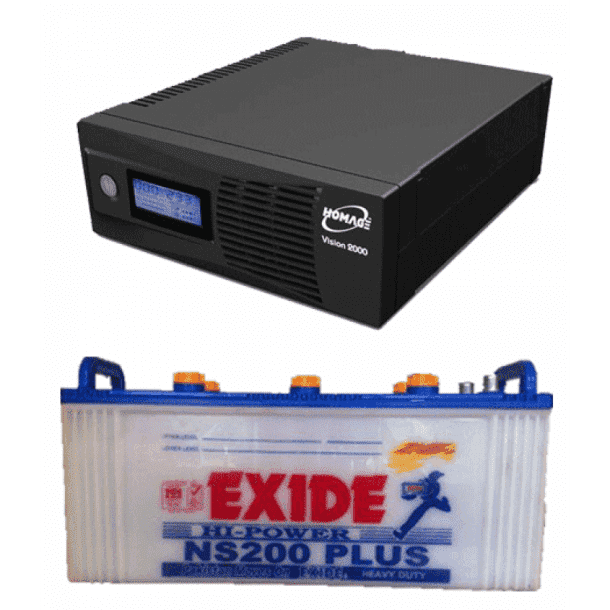
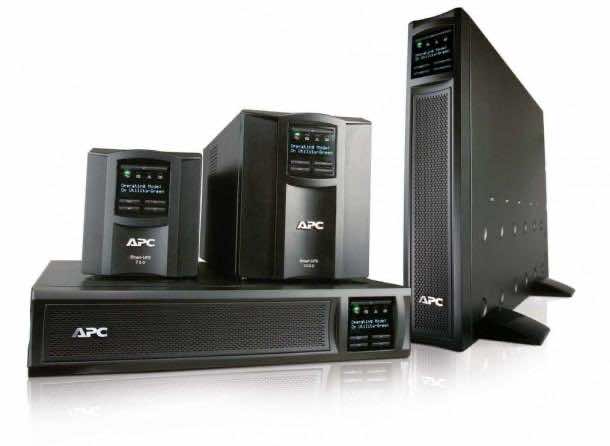
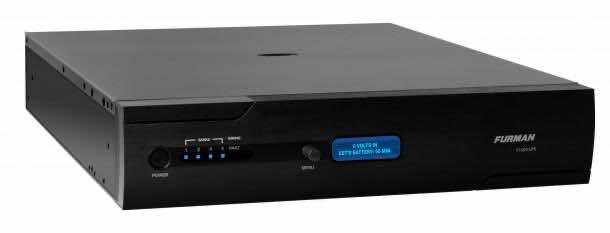
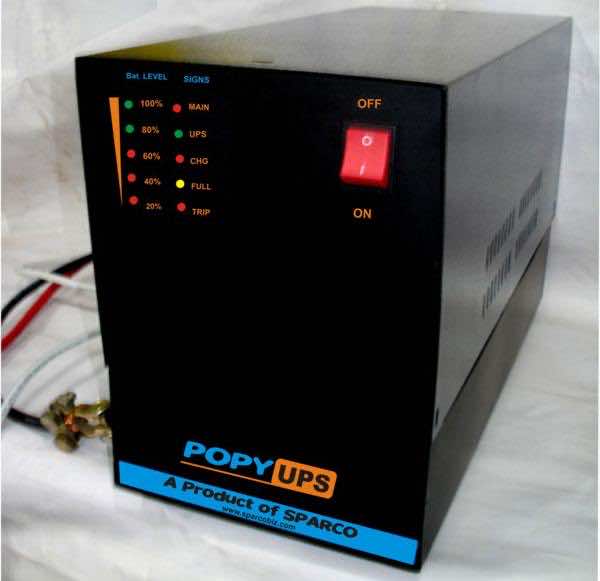
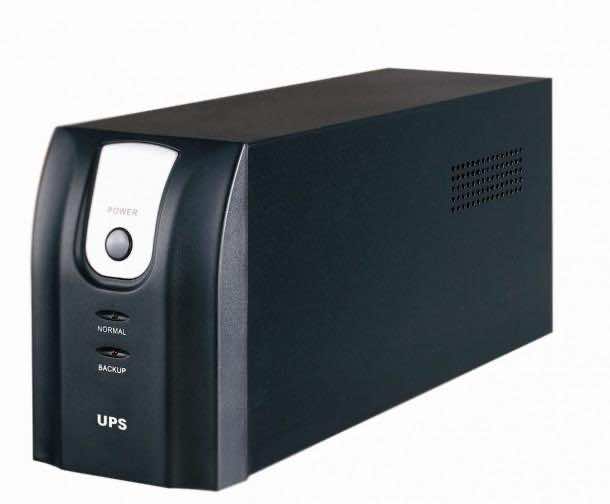
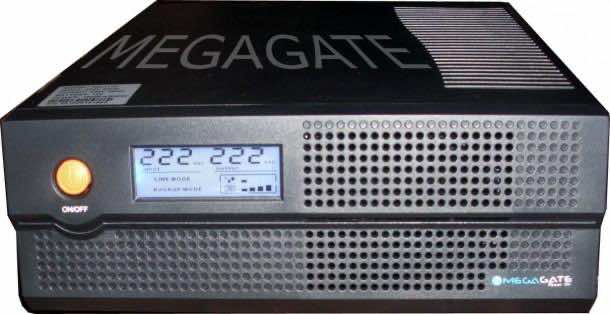
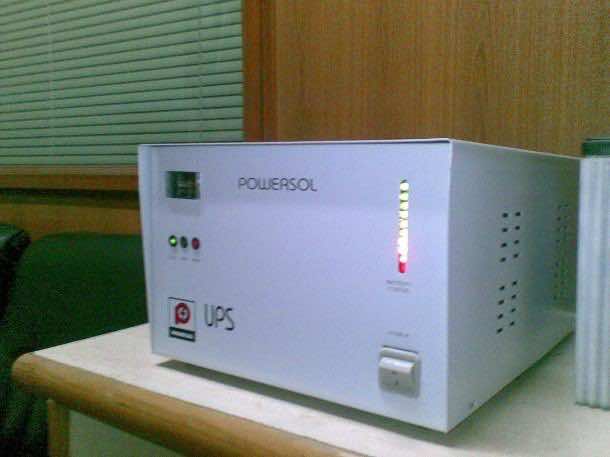
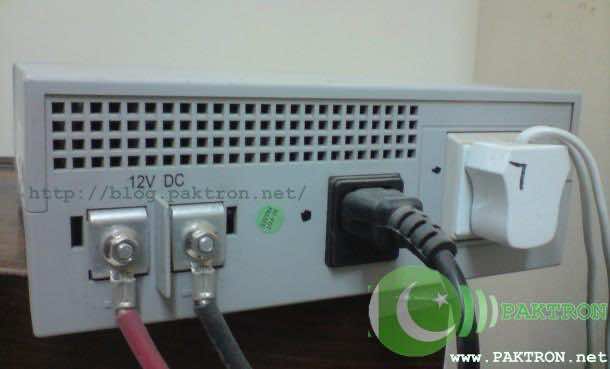
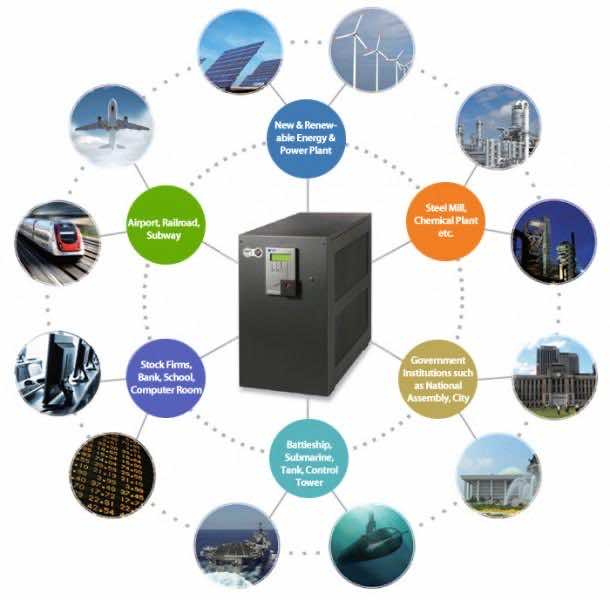
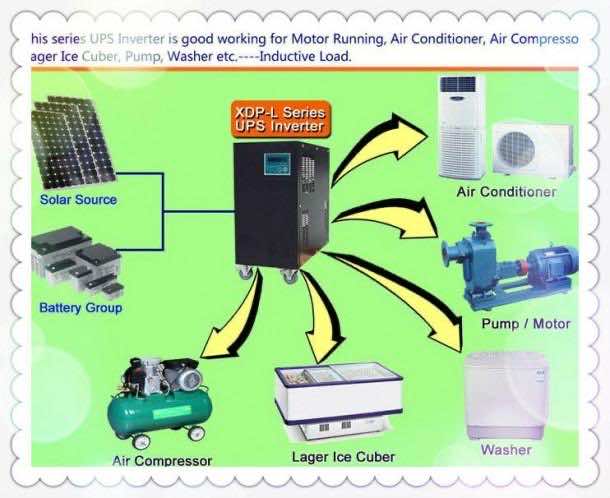
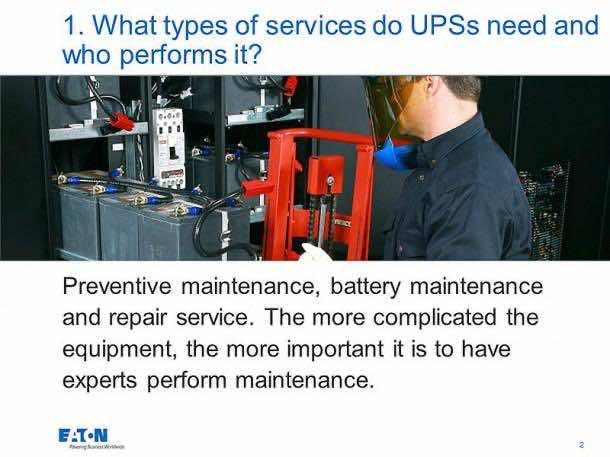

Great post and great explanation about ups devices. I appreciate you sharing it. Thanks!
Hi dear i need detail in urdu